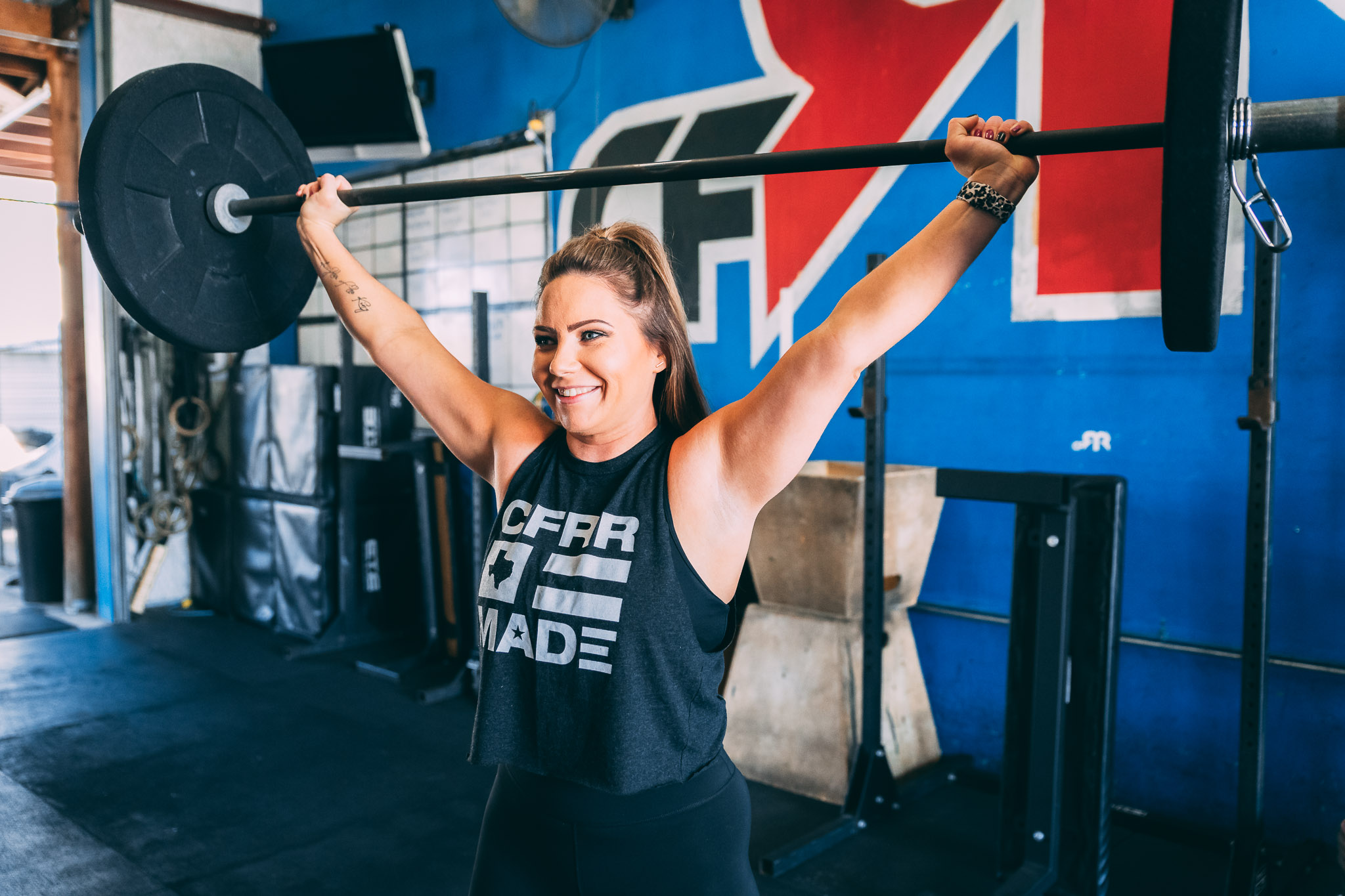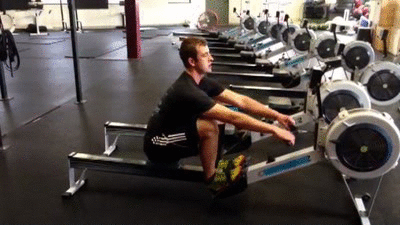
Sheldon’s Corner: 6 Cues for efficient rowing
Rowing’s efficiency and effectiveness, plus its reputation for being a low-impact workout for all ages and body types, has made it increasingly popular in gyms and fitness studios across the U.S. It has become so popular that even CrossFitters have gotten on board with rowing. I’m sure one of the first things you did in CrossFit was put down a 500m row time. If you were new to rowing, it may not have been your best, and you may have found it more challenging and exhausting than you originally thought. I know I did. The truth is…rowing is and art form and there are several components that make up an ideal stroke. In this article we will focus on 6 common mistakes outlined by Josh Crosby and Patrick Larcom, head coach at Renegade Rowing and coach at CrossFit Boston…and more importantly, how to fix them.
Mistake #1: Forgetting to check the damper setting.
Lots of newbies will sit down and not adjust the damper setting, the lever on the side of the air-resistant flywheel on a Concept II rower. If the lever is set to a higher setting, the rowing machine will feel more like a heavy rowboat and might exhaust your muscles before you’ve gotten a solid cardio workout in.
The fix: Practice your form before you set your sights high. “The damper setting is like gears on a bicycle,” says Larcom, noting that the higher the gear, the heavier the feel on the body. He recommends starting somewhere between a three and a five if you’re new to rowing because it’s most similar to the feel of being on water.
Mistake #2: Rowing with only your arms.
You’ve seen rowers with built upper bodies, so you’re ready to pull the handle with all your might, right? Wrong! Putting too much pressure on your arms, shoulders and back can cause serious injury to your body.
The fix: “Roughly 60 percent of your power should come from pushing with the legs, 20 percent from bracing the core and 20 percent from pulling with the arms,” says Crosby. It’s important to use the power of your legs for each stroke by pushing against the panel (foot stretcher) where your feet are strapped in.
Mistake #3: Mixing up the order of operations.
Firing the arms and legs at the same time might feel like the right thing to do when you sit down, but if you’re all systems go, you’ll put unnecessary strain on your upper body.

The fix: There’s a three-step process to the rowing stroke: Focus on pushing with the legs first, next pivoting backward at the hips so your shoulders pass your pelvis (you should be in a slight lay back) and then pulling the arms into your chest. A good target for your hands, according to Larcom, is the place on your chest “where you would bench press or the bottom of the sports bra,” below your ribs. Once your hands are pulled into your chest, reverse the order to go back to starting position, and repeat.
Mistake #4: Hunching your back during the stroke.
If you’ve got a bad habit of rounding your back when concentrating at a desk, odds are good that your body will naturally assume that same position when you sit down at a rower.
The fix: “You want to sit tall with a stacked posture,” says Larcom. He recommends focusing on “turning on” your abdominal muscles, or engaging your core, and relaxing your shoulders so they are pulled back and down. Your spine should always be in neutral.
Mistake #5: Banging your butt into your heels or rushing.
You’re in the zone, taking strokes as fast as possible towards your imaginary finish line. Problem is, your seat keeps slamming into the front of the rower and your body is jerking forward uncontrollably.
The fix: To regain control, pay attention to timing of your strokes. According to Crosby, the stroke’s ratio should be a 1:2 count, meaning that the body should expend lots of energy quickly at the drive, when the legs are pushing and arms are pulling, while the second half of the stroke should be more relaxed and controlled. Having a calm and collected recovery will prevent your seat from smashing frantically into the front of the rower.
Mistake #6: Shooting your butt out and having to jerk your upper body back.
If your legs are pushing quickly and causing your rear to shoot out ahead of the rest of you, your upper body will have to awkwardly catch up. Doing extra work to jerk your top half around will make your stroke less efficient, and can cause injury.
The fix: “Make sure your abs are turned on, so the hands and feet stay connected,” says Larcom, stressing that engaging the core is key to smoothly connecting the movements of the upper and lower body. For efficient rowing, you want to be able to stop at any point during the stroke and be in a “strong position,” meaning your entire body has a deliberate and controlled posture with muscles activated.
All Made Simple – by: S.George
Contact: sheldon@crossfitroundrocktx.com
“If you continue to do what you have always done, then you will continue to be who you have always been…you must change to change…”